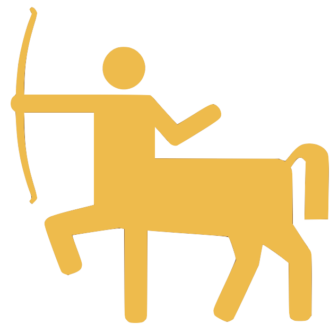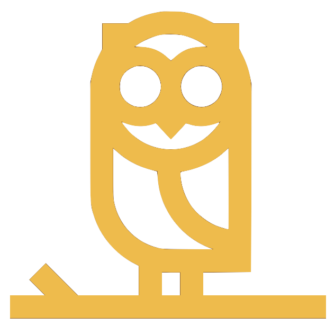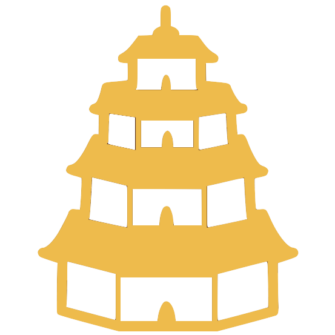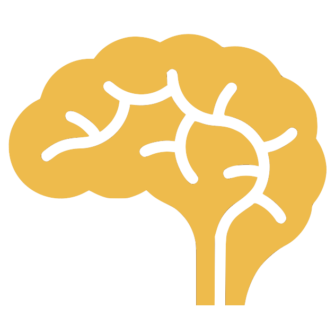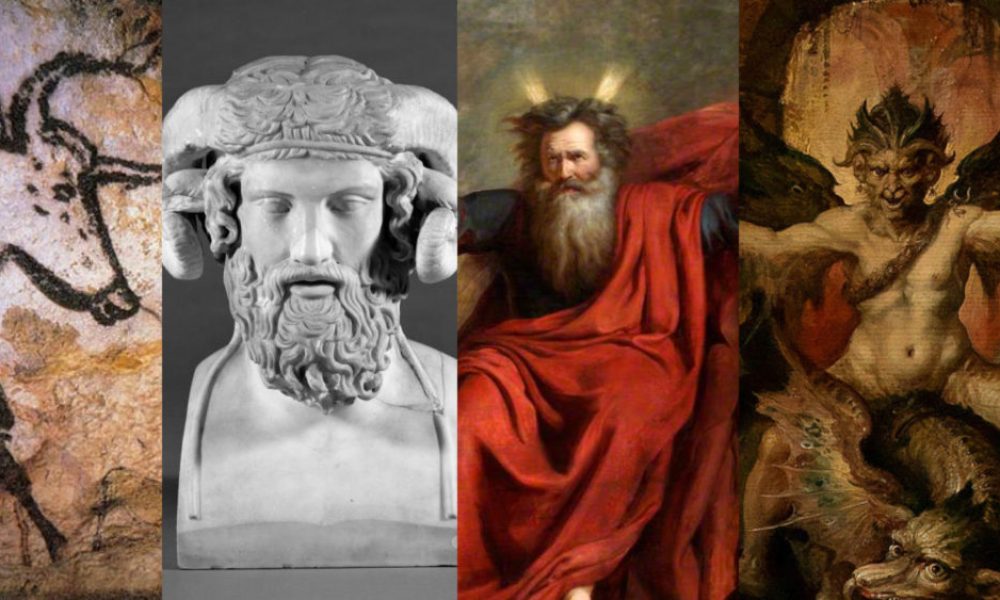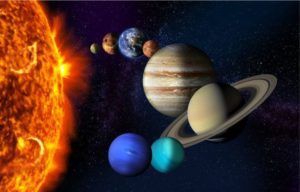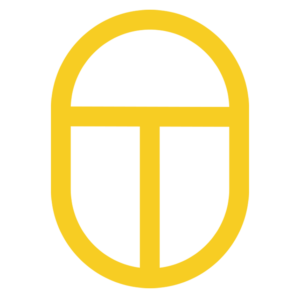Ask a child to draw a devil and without a doubt, they will draw a face with horns. Why do devils always have horns? In fact, it seems like the devil usually has a tail, hooves and a trident as well. Where do these devil features come from, and why do they also appear on the most important gods of ancient religions?
HORNS IN PREHISTORIC TIMES
Since prehistoric times, humans have been fascinated by horned animals. They are frequently depicted in cave paintings that date from at least 30,000 BC.
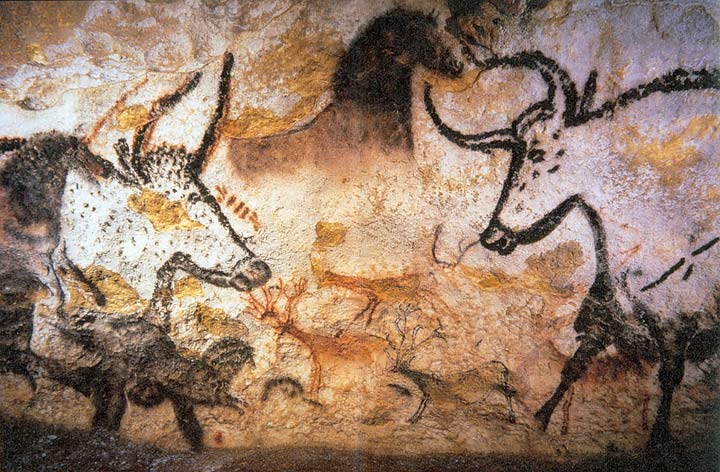
What’s interesting about these cave paintings is that although they display similar and repetitive motifs, they depict animals more than anything, and they rarely depict human-like figures. For example, In the world-famous Lascaux caves of France, there is something like 6000 representations of animals, mainly horses, aurochs, deer and bisons and only one human figure which seems to have the head of a bird. Anthropomorphic figures often had animal components, including horns.
By looking at some of the paintings, you might think they are documenting a hunt, however, Anthropologist Abbé Breuil believes that these paintings were actually made prior to a hunt, as sympathetic magic, which is the belief that drawing an outcome would turn it into reality. On the other hand, Mircea Eliade, a historian of religion, thinks that these paintings were a shamanistic activity, in order to connect to the spirit world.
Whatever the reason, animals were of central importance to primitive humans, providing a key source of food and clothing. Our ancestors lived in close proximity to these animals and would observe their behaviours and skills, most of which were inexplicable and unattainable. They were in awe of the animals. Early expert Johanne Weissenborn believes that this fascination and curiosity eventually led to the worship of animals in organized religions.
ANIMISM
Animism is the belief that animals, places and objects, each carry a spiritual essence. Wishing to emulate it, early humans named their children, family or clan after animals. (That’s what totems are about, and it’s believed that all human cultures have gone through a period of totemism). Scientist John Lubbock believes that this led to competition and preferences which eventually turned into adoration. The worship of the animal or a human-animal hybrid.


The worshiping of horned animals was especially important to ancient civilizations, perhaps due to milk and domestication, a game changer that happened around 10,000 years ago. Milk offered a lot of nutritional calories and came from cloven-foot mammals such as cows, goats, sheep, donkeys, horses and reindeer, most of which are prime contenders for domestication.
Let’s check out these different animals and their associated gods.
WHY HORNED ANIMALS WERE DEIFIED
Cattle
Cattle were deified by many civilizations, including the ancient Egyptians, Mesopotamians and Hindus.
Let’s take the female, the cow; the animal most associated with milk today. Like humans, the cow carries her young in the womb for 9 months, and once born, the cow becomes very attached to it. In ancient Egypt, Hathor was the goddess of motherhood, milk, and fertility, and was depicted with cow horns and a sun disk in between.
The bull is the male cow and is larger and much stronger. Bulls form a hierarchical organization based on their physical traits, including the weight and size of their horns.
In ancient Egypt, the sacred bull Apis was the embodiment of divinity, creation and eternity (he was the son of Hathor) and was represented by a real bull – high priests would search high and low for a perfect-looking bull, often having specific markings (like a triangle on his forehead, a crescent on its side). Once this bull was found, he would undergo a set of rituals and education. The chosen bull was believed to be the real Apis and was taken care of like a god. He was sacrificed to, used as an oracle, given time to roam and relax, and because he was associated with kingship, pharaohs would take ritual walks with him.


The sacredness of the Egyptian bull echoes today’s sacred cow in Hinduism. In Hindu belief, the cow represents the mother and the sovereign of the universe. During festivals, cows undergo rituals as well; they are decorated, praised and walked with by Holy men. Many states in India prohibit cattle slaughter. Cows are sacred because they nurture with their milk. Some Hindus believe that cow’s horns are a symbol of the gods.
In ancient Mesopotamia, all gods were identified by horns; typically by bull horns attached to their helmets. Enlil, the master of the universe? He had horns. Enki, the water god? He had horns. Hadad, the storm god? Horns. Tammuz, horns. Nergal? Horns. Marduk? Horns. The dragon he fights? Horns. Horns horns horns!
Ram (sheep)
Another horned animal that’s been deified is the ram, the male sheep with curved horns.
Sheep stay in a flock and maintain a hierarchy of dominance by competition among the rams. Typically the bigger the horns, the higher the dominance. It’s the strongest ram that would mate with the entire group of ewes.
In ancient Egypt, Ammon (also Ammon-Ra) was a god who over the years became the chief of all gods and the embodiment of all of them. He was sometimes depicted as a ram or with ram horns. He was also represented with an erection to express his virility.
The ram horns were a symbol of high nobility and rulership. Sources say that Alexander the Great visited the cult of Ammon in Lybia, and was named the son of Ammon. Later, coins bore Alexander the Great with ram horns. The popularity of Ammon extended beyond north Africa and to Greece via Greek settlers living in Egypt. The link between Ammon and the chief of the Greek gods Zeus caused a syncretization of the deities: Zeus-Ammon was Zeus with Amon’s horns.
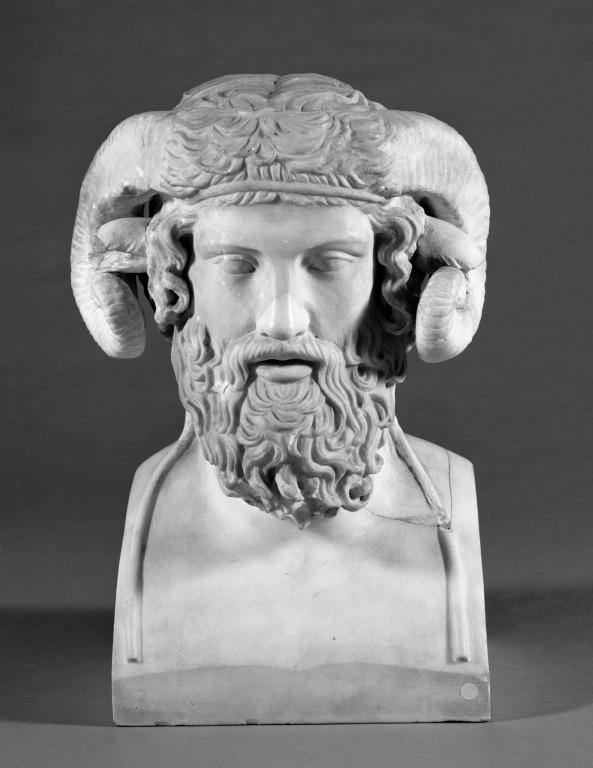

Goat
The ancient greeks were familiar with the goat as a representation of wilderness. Goats are like sheep but wilder.
In Greek mythology, Pan the half-goat half-man was the god of wilderness and nature. He also symbolized fertility and spring and was depicted with an erection.
Satyres are very similar, and often times conflated with Pan but were originally half-horse half-men spirits. Their leader, Dyonisus, would later become a central god in Greek mythology.
Deer
Another horned mammal that represents wilderness is the stag, the male deer. The stag actually has antlers and unlike horns, they shed and renew yearly.
Antlers are important. The bigger and heavier they are, the stronger the stag, the higher its social status and the more successful he is during duals. The winner of the duals wins the female’s attention and gets to mate.
The father god of Celtic paganism was Cernunnos, whose name means ‘The Horned One’. On the Gundestrup cauldron, this antlered deity is surrounded by animals which indicates wilderness. The snake he’s holding symbolizes fertility as well as renewal, as do the antlers. Cernunnos also seems to be sitting in a meditative position. But some have argued against this interpretation, saying that he is only sitting like so because Celts didn’t have chairs. But.. how do explain this:
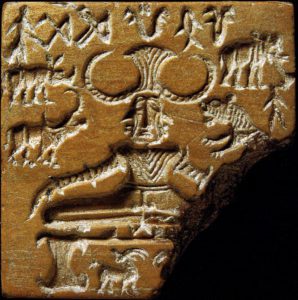

That’s Pashupati in a yogic stance on a seal found in Mohenjo Daro. Mmm… They look pretty similar (both are horned and surrounded by animals) though the seal is a couple of thousand years older. The three-faced Pashupati is an ancient Vedic god whose name means Lord of Animals. Instead of antlers, he has horns of cattle which are consistent with their status in Hinduism.
Pashupati is understood to be linked to the god Shiva (who’s often represented in meditation), as well as Shiva’s Vedic form, Rudra. The three share many similar features (including) the trident called trishula.
Since the dawn of civilization, the idea of rulership, the father and mother, creation and renewal, fertility and nature, have all been represented by horns. These ideals were looked up to and respected as a powerful noble force. And then, this happened:
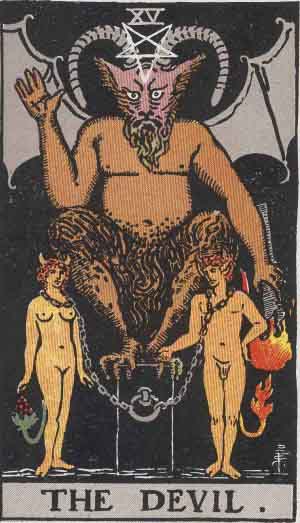

The modern characterization of the devil (also known as Lucifer, Satan or Beelzebub) is portrayed with horns – all kinds of horns. When did this switch occur and why?
THE SWITCH FROM GOD’S HORNS TO THE DEVIL’S HORNS
The switch from the gods’ horns to the evil horns seems to have happened due to competition between a new and old set of beliefs. The old being polytheism and the new being Judeo-Christian beliefs.
Remember that the bible, originally a Hebrew bible, was written in the midst of Polytheistic societies. People, including Hebrews, were worshipping idols – statues representing different deitIes. The biblical Jewish authors condemned these acts as they believe that there was only one true god.
According to the chapter of Exodus, when Moses led the Israelites out of Egypt, he was appalled to find that his people would make bull idols to pray and sacrifice to. So, after having spoken to his God, Moses came down from the mountain and presented to his people the tablets of the 10 commandments. The first commandment was: Thou shalt have no other gods before me.
Those who disobeyed were severely punished.
Another polytheistic idol that is demonized in the bible is Bel and his dragon, whom scholars believe to be the Levant version of Marduk and his dragon Tiamat. On multiple accounts, the bible refers to Satan as a dragon or as ‘Beelzebub’. The latter has had various interpretations, some of which point to Bel.
As Christianity spread, more pagan deities were demonized, especially those that fit the horned animal mould, like the Greek Satyres. Early Christian art demonstrates Satyres along with numerous animalistic and horned beasts to represent Satan and his demons. Over time, the Christian Devil seems to appear less animalistic and more human. This may be due to the progressive understanding that evil is part of human nature.


The transition from the godly horns to the evil horns didn’t happen overnight. It may have taken Christianity about 1000 years to replace its former image. Even as late as the 1500s, we see the horn pop up as a positive image. Ironically Moses himself was often depicted with horns – an image inspired by a biblical passage. Some scholars believe this is due to a mistranslation of garan (which can mean ‘radiant’ or ‘horned’), but is more likely to be linked to the use of horns as a metaphor for strength, authority, and glorification, as suggested by Bena Elisha Medjuck in his 1988 thesis for the Jewish Studies at McGill University.
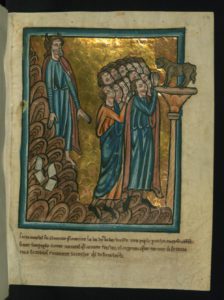

By the end of the middle ages, horns had been crystalized as a feature of the devil we know today.
ATTEMPTS TO REVIVE THE HORNED DEITY
There have been attempts to revive the horned god. In the early 19th century, the occultist Éliphas Lévi created the image of Baphomet, a goat man sitting in a similar posture as the previous Pashupati or Cernunnos. A century later, this movement was reborn as Wicca and still exists today. However, it’s still considered very much part of fringe society and despite a good message, the mainstream world still associates these small cults with Evil.
IS IT WRONG THAT THE HORN SYMBOL HAS CHANGED?
I don’t think it is right or wrong, it’s just part of a symbol’s life. Symbols carry many meanings in them. In fact, the horned animal can also symbolize ‘malevolence’ and ‘destruction’. Its horn is a tool of aggression. The associated phallus may be fertile and creative, but is also an instrument for rape. The majestic wildness of the horned animal is enchanting but also dangerous, animals have wild instincts and impulses, including rage, fighting and killing.
It seems like with time, the different meanings of symbols surface in the collective consciousness. Don’t forget, humans also give meanings to symbols based on historical events. For instance, the swastika was an auspicious symbol across the world, but deemed evil in the west, following the horrific events led by the Nazis.
Ancient philosophers, such as Plato, believed that a state never remains the same, and is in constant motion towards its opposite. We see polar transitions happening everywhere, in politics, culture, and even in words; for example, in Quebec, holy church terms have become swear words, like “Christ”, “Tabarnaque” and “Ostil”.
The Yin yang philosophy says that each state contains the seed of its opposite, and it’s at the height of one state, that the seed starts to grow. For the godly horn, its height as a positive symbol would have been the period when the bible was just being written.
Now with the bible and Christianity in a dominant state, polytheism and the horn symbol are at their most marginalized (and demonized), being incorporated into the devil himself.
Carl Jung had called the horn a symbol of duality; one of the saviour as well as the adversary.
By studying the history of the devil’s horns, we’ve learned that time reveals the many meaning of symbols. Symbols, like the planets, are always in motion. We are in motion too, constantly adapting the meanings we give to the symbols we use to describe our history, ideas, and our beliefs.


